Seventy-two-year-old Bundjalung man, Harry Brandy, remembers with a fond smile the day he boarded an airplane for the first time in 1967.
It was a QANTAS jet with hundreds of other soldiers and they were headed for the Vietnam War.
“And on the same plane that day, there was a very famous band – Herb Alpert and the Tijuana Brass. They were on the same flight!" Harry says.
“Did you know when you fly over the equator they give you a piece of paper saying you’ve crossed the equator?” he continues.
Warmed by his excitement for a new experience, I ask Harry if he was afraid of what awaited when he landed.
“You're not scared... But, you know, you're wondering what's going to happen,” he says.
After a brief stay at the Manila Air Base in the Philippines, Harry headed to the war in Vietnam. He'd be stationed there for the next year.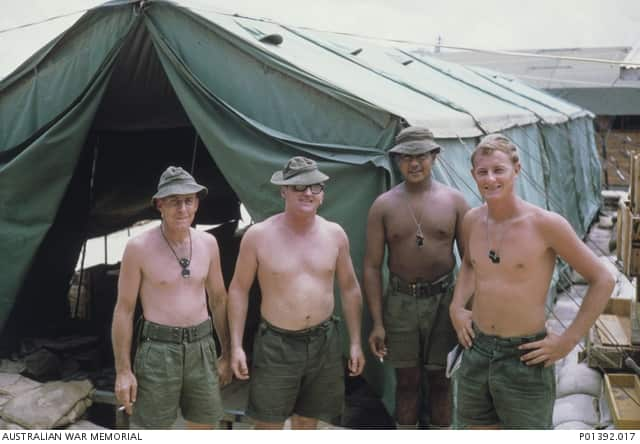 Growing up in Gulargambone, a small town about 380km north-west of Sydney, Harry says the Aboriginal community were discriminated against inside and outside the school classroom.
Growing up in Gulargambone, a small town about 380km north-west of Sydney, Harry says the Aboriginal community were discriminated against inside and outside the school classroom.

Harry Brandy stands with other members of the Australian Logistics Support Group in Vung Tau, Phuoc Tuy Province, South Vietnam in 1967. Credit: Australian War Memorial.
“The kids I went to school with, they decided that to help them there through life – they turned to escapism: alcohol and things,” he says.
“A lot of them died quite young. I thought to myself, ‘there’s gotta be something better than this.’"
So, at just 17-years-old, Harry asked his parents to allow him to enlist in the Army. Aside from being underaged, it was remarkable he was able to join at all.
A ban that officially prevented Indigenous Australians from joining the Australian Defence Force had only been lifted 15 years earlier in 1949.
Prior to that, the Defence Act (1903) prohibited Aboriginal people from military service because they were not of European descent. Unofficially, more than a thousand Indigenous soldiers served in the First and Second World Wars: Indigenous soldiers who still chose to fight for a country that otherwise denied them fundamental human rights and civil liberties.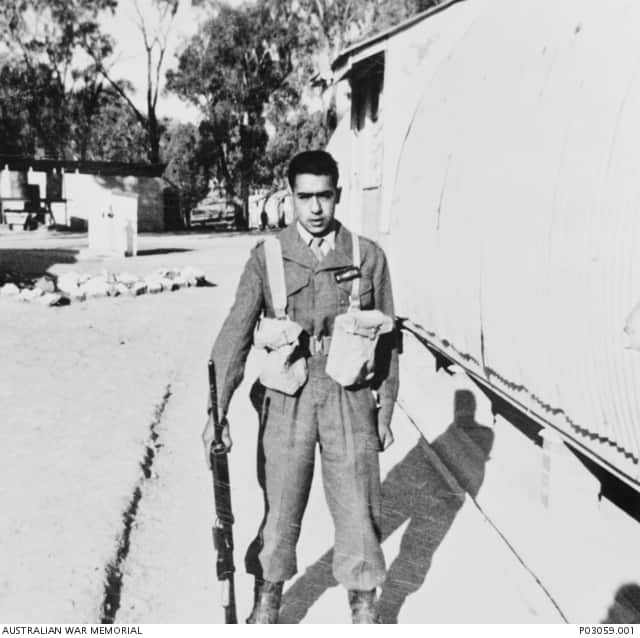 In Vietnam, Harry soon realised the cruel realities of war, the kinds of experiences that left so many veterans, like Harry, living with post-traumatic stress disorder (PTSD) after returning home.
In Vietnam, Harry soon realised the cruel realities of war, the kinds of experiences that left so many veterans, like Harry, living with post-traumatic stress disorder (PTSD) after returning home.

Mr Harry Brandy at 18 years old pictured in uniform with a weapon (1965) Credit: Australian War Memorial
Harry says he still has flashbacks. One involves the day he survived an ambush.
"It was during a convoy trip, driving army vehicles and conducting services between stations," he explains.
“The guy that I was with was shot through the jaw, [the bullet] came through his mouth and smashed his shoulder blade.”
“That was my first taste of seeing someone in a bad way. It was real,” he says.
Despite witnessing such horrors and living with the related psychological fallout, today, Harry believes he made the right decision to enlist as a teenager all those years ago.
He says he thinks Indigenous and non-Indigenous people should consider the Defence Force as a career.
“I think it’s a good opportunity to try the Army – you don’t have to be a Philadelphia lawyer,” he laughs.
A changing relationship
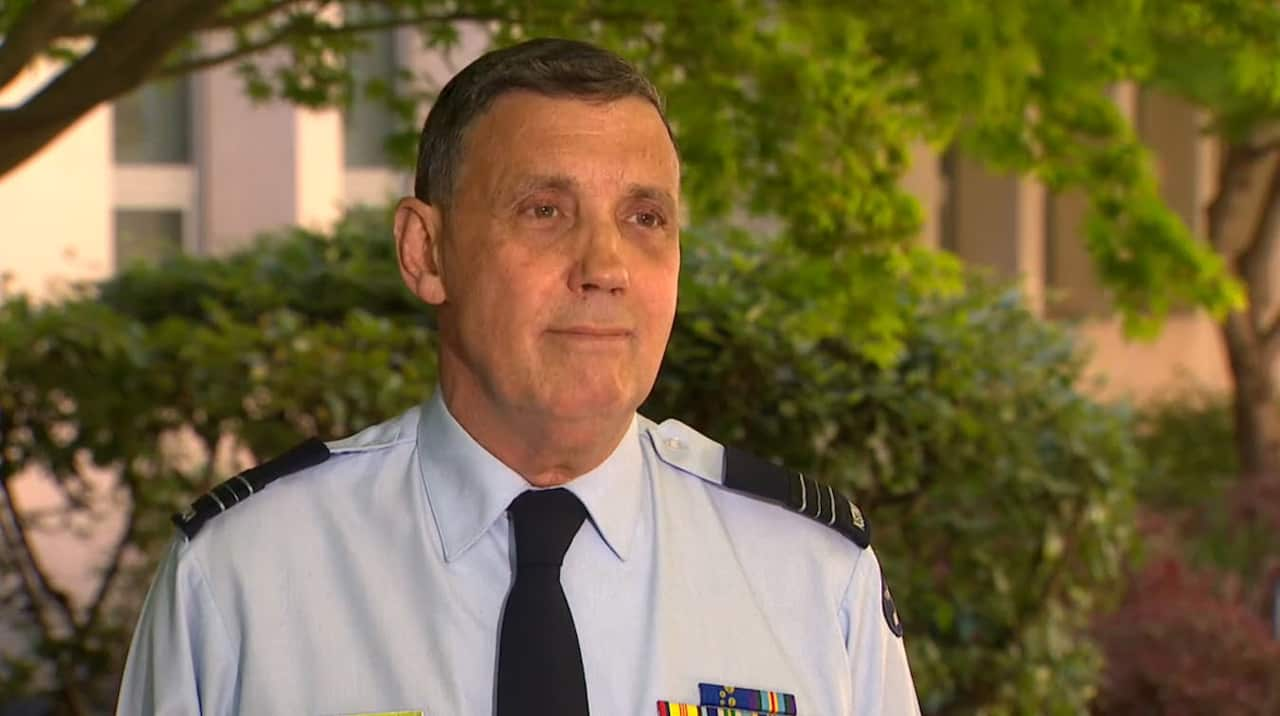
Gary Oakley joined the army at 15 years old and says it's now a better place for Indigenous people.
Now, as the Senior Indigenous Liaison Office in the Royal Australian Air Force - Gary says a lot has changed since then.
“I always tell people the Australian Defence Force was probably the first equal opportunity employer for Indigenous Australians, even though they ignored the rules, they ignored the Defence Act,” he says.
Research conducted by the Australian War Memorial suggests all soldiers served under the same conditions and experienced little racism. However, many Indigenous veterans - particularly those of the first and second world wars -tell of the racism they experienced on returning home and being discharged.
Indigenous soldiers were notoriously not given many of the benefits they were promised when enlisting such as housing and property deeds or even full citizenship rights, including the right to vote. Many tell of even being barred from Returned and Services League (RSL) clubs and, in some cases, not being permitted to march on Anzac Day.
These days, Gary says he’s witnessed a shift in the relationship between Indigenous soldiers and the military.
“The Defence Force was not geared to look at Indigenous Australians," he says. "You were just one of the troops
“Today, culture is a part of how we do business.
"Indigenous people bring a new way of thinking and new ideas, new business, how they connect to the land, how they want to do their work, and they are proud to be protectors of country," Gary said.
While there is still a long way to go in terms of recognition and the documentation of Indigenous contribution to the Defence Force, Gary says things are improving.
“These are people who have been protecting Country from 60,000 years ago," he says. "So how places like the Australian War Memorial look at it, how the Defence (Force) looks at it, how schools are looking at it - It's changing that perception of our service,” he said.
A push for acknowledgement
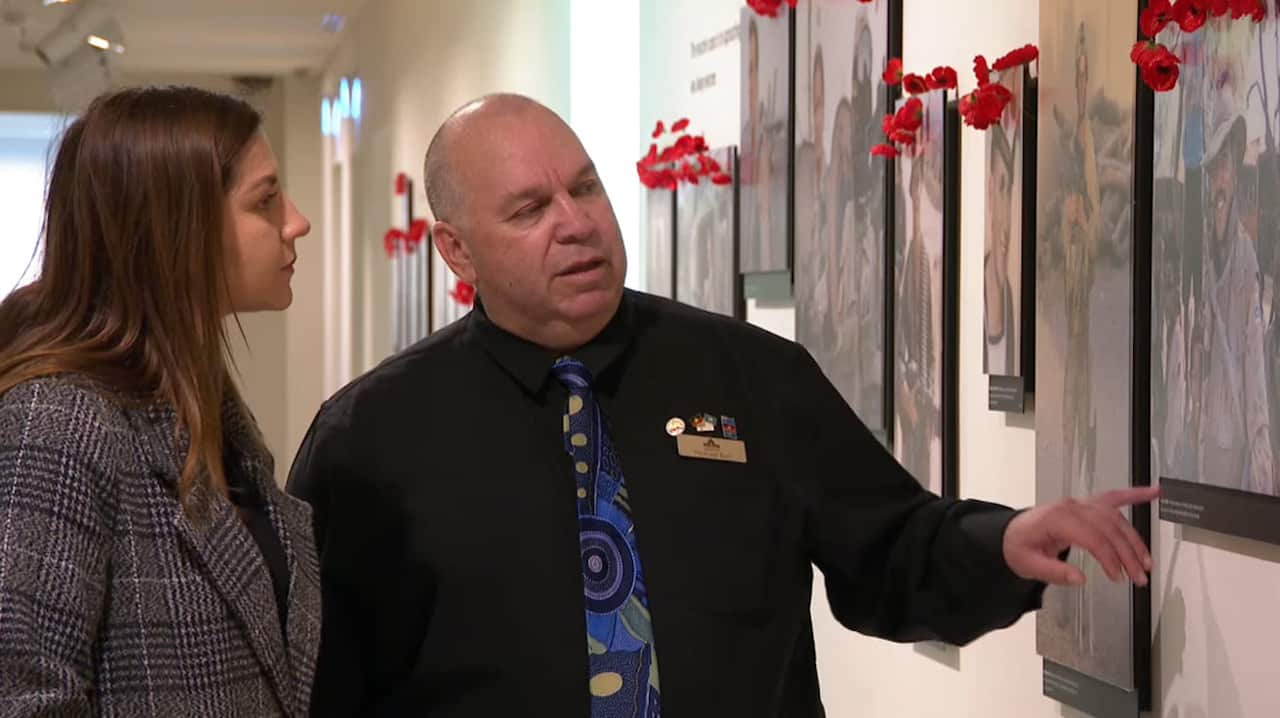
Michael Bell, Indigenous Liaison Officer at AWM says Indigenous stories are told throughout the galleries.
The Australian War Memorial is trying to improve their documentation of Indigenous service by asking the community to explore their family's Aboriginal heritage.
Right now, the stories of Indigenous soldiers are featured in the regular exhibitions, as part of an integrated approach to the defence of Australia.
Ngunnawal/Gomeroi man, Michael Bell, the Indigenous Liaison Officer at the War Memorial, says the exhibit is in line with honouring First Nations soldiers.
“What we're trying to do is respect the wishes of Aboriginal veterans, and that is not to separate them from their non-Indigenous brothers and sisters who they served with, but tell our story as part of the overall story,” Michael says.
“We don't have a black corner at the Australian War Memorial. Our story is told throughout, as our men and women served.”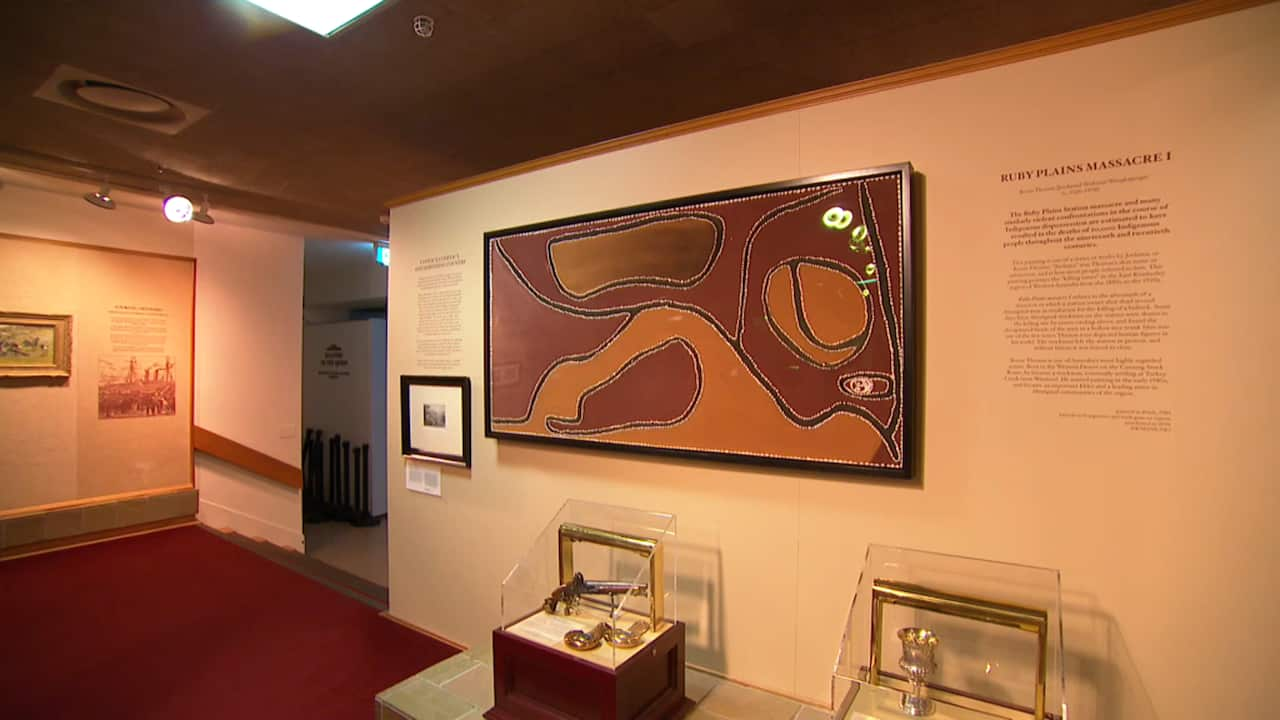 Over the past decade, there has been increasingly vocal calls for the War Memorial to acknowledge Australia's Frontier Wars with dedicated exhibitions to the conflicts between European settler-colonisers and sovereign First Nations.
Over the past decade, there has been increasingly vocal calls for the War Memorial to acknowledge Australia's Frontier Wars with dedicated exhibitions to the conflicts between European settler-colonisers and sovereign First Nations.

Ruby Plains Massacre 1 is part of the only exhibit at the AWM dedicated to the colonial period.
The conflicts are widely known as the Frontier Wars, with Historians estimate between 20,000 and 60,000 Aboriginal lives were lost over the course of the conflicts between 1788 and the 1930s.
Presently, there is one exhibition at the War Memorial, named 'For Country, For Nation', that features a painting by Kukatja/Wangkajunga artist, Rover Thomas.
The work – titled 'Ruby Plains Massacre 1' – depicts the aftermath of a massacre in which the Ruby Plains Station owner shot several Aboriginal men dead for killing a bullock.
Michael says the history of the Frontier Wars are instead documented through the lived history of later soldiers.
"We tell the story of say, Douglas Grant and William Joseph Punch, who were survivors of massacres who go onto serve. So we allow that story to be told," he says.
"We look at the warrior influencing the soldier. That experience is shared across our communities. The focus here is on the soldier story."
The official position of the War Memorial is that the story of the Frontier Wars can be found at the National Museum.
While the War Memorial acknowledges the history of dispossession through colonisation, Michael says that history needs to be told "equally".
"I would like to get some further detail and more research into those stories to be told here through the soldiers experience," he says.
"And that's what we're trying to do: connect, understand and be willing to accept that part of our history."
Share


